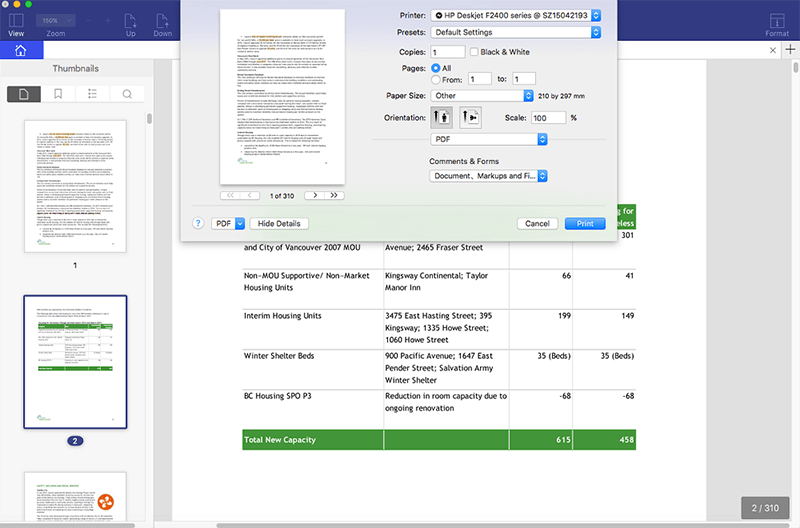

- #QLIKVIEW PDF PRINTER FREE DOWNLOAD HOW TO#
- #QLIKVIEW PDF PRINTER FREE DOWNLOAD FULL#
- #QLIKVIEW PDF PRINTER FREE DOWNLOAD SOFTWARE#
The most usual problem here is: you have added more nodes than connections are allowed to DB or Repository Services. As a best practice, with every new node added, a review of QRS Connection Pools and DB connectivity should be reviewed and increased where necessary. Q: Can there be repository connectivity issues with too many nodes?Ī: You can only grow an environment so far before hitting physical limits to communication. Set Repository Performance logs to DEBUG for the QRS performance part, start analysing service resource usage trends and get to know your user patterns.

Q: How do we know when CPU hits 100% what the culprit is, for example too many concurrent user loading apps/datasets or mutliple apps qvds reloading? can we see that anywhere?Ī: We will provide links to the Log Analysis app I demoed during the webinar, this is a great place to start.
#QLIKVIEW PDF PRINTER FREE DOWNLOAD FULL#
Long winded, but I hope this sets better expectations when considering “bad performance” without the full technical context. If work stops, this does not mean memory consumption will go down, we expect to receive and serve more requests so we keep as much cached as possible. You should not expect Qlik Sense (or QlikView) to manage memory like regular software. High RAM usage is entirely normal, based Memory Limits defined in QMC. Active cache clearing is detrimental to performance. This way, users consume pre-calculated results from memory instead of computing the same results over and over.
#QLIKVIEW PDF PRINTER FREE DOWNLOAD SOFTWARE#
Qlik Data Analytics software (and by extent, your users) benefits from keeping data cached as long as possible. Q: Is there a simple way (better than restarting QS services)to clean the cache, because chache around 90 % slows down QS?Ī: It’s not quite as simple. There may be performance differences to the extent that QVW Documents and QVF Apps are completely different concepts. Q: Does QliKView Server perform similarly to Qlik Sense?Ī: It uses the same QIX Engine for data processing. A good starting point: set your Deleted Entity Log table cleanup settings to appropriate values, and avoid clean-up tasks kicking in before user morning rampup. Q: Similar to other database, do you think we need to perform finetuning, cleaning up bad records within PostgresQL, e.g.: once per year?Ī: Periodic cleanup, especially in a rapidly changing environment, is certainly recommended. If RAM consumption remains high but no other effects, your system is working as expected. Qlik Data Analytics software will allocate and use memory within the limits established and does not release this memory unless the Low Memory Limit has been reached and cache needs cleaning. We have done App optimazation, like delete duplicate app, remove old data, remove unused field.but RAM status still not good, what is next to fix the performace issue? Apply more nodes?Ī: Depends on what you mean by “RAM status still not good”. Q: Recently I'm facing Qlik Sense proxy servers RAM overload, although there are 4 nodes and each node it is 16 CPUs and 256G. Qlik Sense Shared Storage – Options and Requirements
#QLIKVIEW PDF PRINTER FREE DOWNLOAD HOW TO#
05:38 - Using iPerf to measure connectivityġ2:17 - Using Relog to visualize Performanceġ9:21 - Optimizing the Repository ServiceĢ7:40 - Q&A: How to evaluate an application?Ģ8:30 - Q&A: How to fix engine performance?Ģ9:25 - Q&A: What about PostgreSQL 9.6 EOL?ģ0:07 - Q&A: Troubleshooting performance on Azureģ1:22 - Q&A: Which nodes consume the most resources?ģ1:57 - Q&A: How to avoid working set breaches on engine nodes?ģ4:03 - Q&A: What do QRS log messages mean?ģ5:45 - Q&A: What about QlikView performance?


 0 kommentar(er)
0 kommentar(er)
